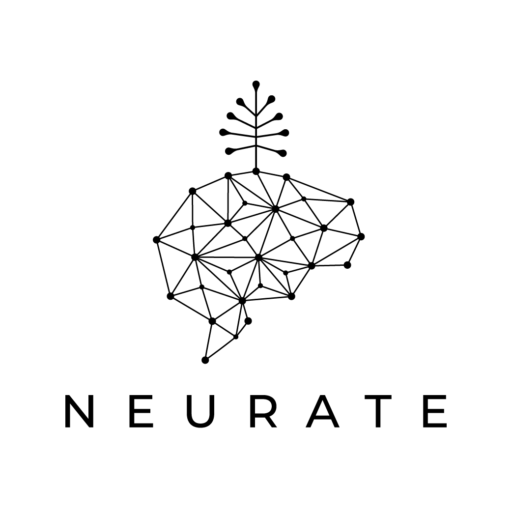Both Jane and Mary have strong ambitions and stay late in the office. Yet Jane has been feeling increasingly stressed and Mary seems relaxed and confident. There is one key difference between these two hardworking employees – one craves work, while the other is engaged.
“Workaholics“ like Jane display strong persistence, indicating high self-control. Work becomes an anxious compulsion, coupled with obsessive and intrusive thoughts about what has not been done yet, upcoming deadlines, etc. Some researchers think that addiction to work operates via the same neurological pathways as substance addiction. As with other addictions, “workaholism” is used as a way of escaping negative feelings and overcompensating for low self-esteem. Indeed, when off work Jane finds it hard to disconnect, neurotically craving the reward of a completed task. This lack of the ability to detach from work implies low volition. So, how can Jane be so self-controlled and, at the same time, cannot manage herself well-enough to relax off work?
Wojdylo and his colleagues explained this apparent paradox of self-control in a study of 2017. They showed that people that compulsively crave work have high self-control, but also low self-regulation of their emotional state. Poor self-management skills in the case of work craving leads to higher psychological distress and psychosomatic illness. The costs of burnout are staggering. Low productivity caused by insomnia costs 3,156 dollars per employee. Stress costs companies between $200 and $300 billion annually. The cost of a stressed employee is 40% higher than the average worker.
How does Mary manage to work hard and not suffer from stress-related disturbances? The key is work engagement, which is a combination of both high self-regulation and high self-control. This healthy combination leads to lower psychological distress. What is self-regulation? It is the ability to down regulate negative emotions. More importantly, work engagement stems from autonomous regulation, which means that you do the work aligned with personal meaning and values and you do it for its own sake.
According to Kuhl’s PSI theory, there are two modes of volition. Individuals, who operate from the self-regulation mode, can self-determine goals which are aligned with their needs and preferences, and can therefore flexibly regulate emotions depending on the context. This is thus a democratic mode of volition, as it stems from an integrated view of self-supportive goals, needs and wishes. In contrast, self-control is an authoritarian mode of volition, where the individual commands itself the execution of the goals, suppressing other self-congruent alternatives. These two modes could be characterized as intrinsic versus extrinsic motivation, i.e. doing things because they give us personal satisfaction, versus deciding what needs to be done to satisfy external demands.
Mary’s healthy psychological functioning resides in a flexible combination of self-congruent engagement and occasional self-control. On the other hand, Jane continually suppresses her needs and pushes herself to work harder without the support of meaningful intrinsic motivation. In the long run, this inevitably leads to burnout that will cost both her and her company. These different modes of volition can be accurately evaluated by the PSI personality test. The good news is that self-regulation can be learned with the help of a coach or a psychologist.
References :
Baumann, N., Kaschel, R., Kuhl, J. (2005). Striving for Unwanted Goals: Stress-Dependent Discrepancies Between Explicit and Implicit Achievement Motives Reduce Subjective Well-Being and Increase Psychosomatic Symptoms. Journal of Personality and Social Psychology, Vol 89(5), Nov 2005, 781-799.
Business Insider http://uk.businessinsider.com
Nestler, E.J. Is there a common molecular pathway for addiction? Nature Neuroscience 8, 1445 – 1449 (2005) doi:10.1038/nn1578
Wojdylo, K., Baumann, N., and Kuhl, J. (2017). The Firepower of Work Craving: When Self-Control Is Burning under the Rubble of Self-Regulation. PloS One 12, e0169729.

